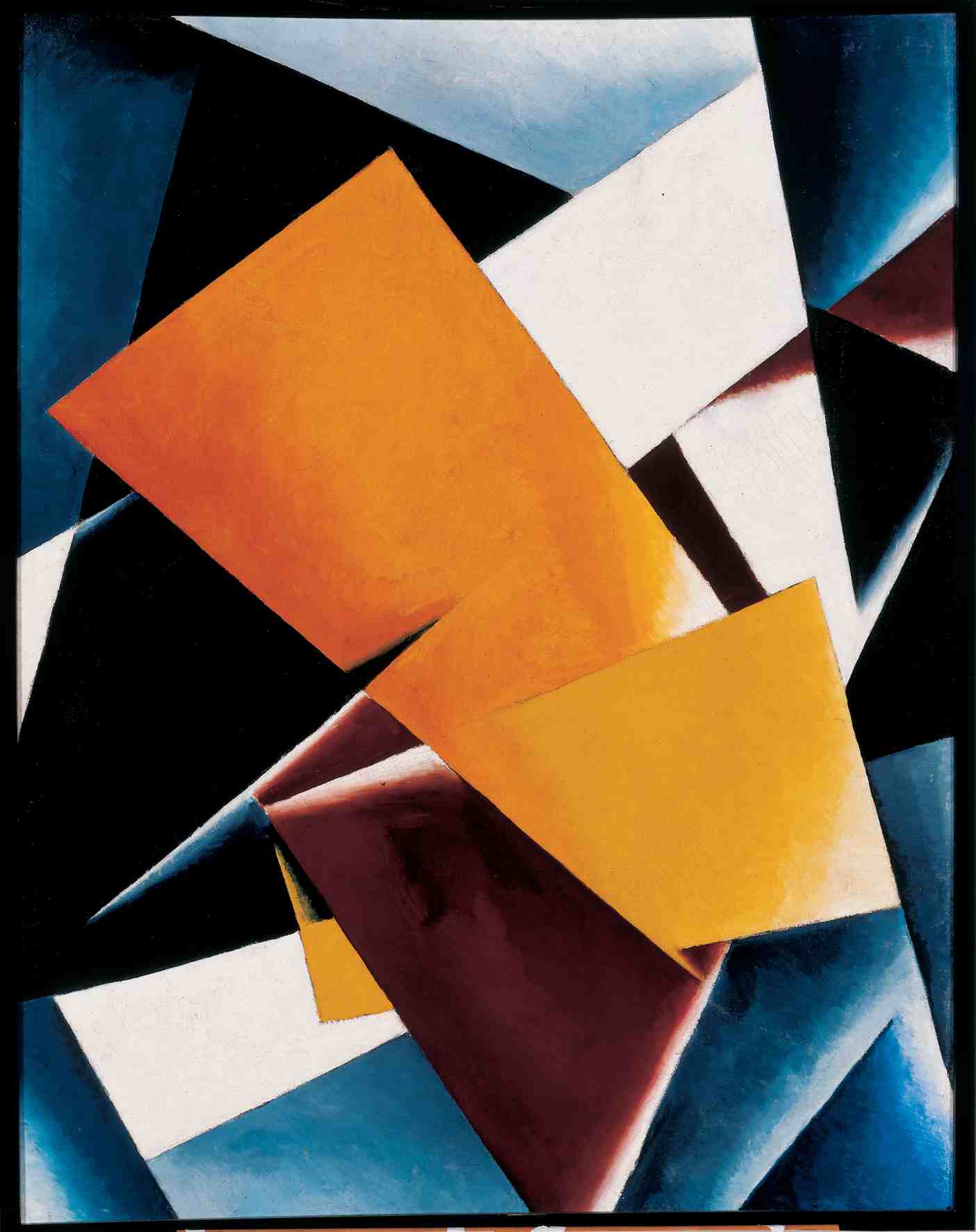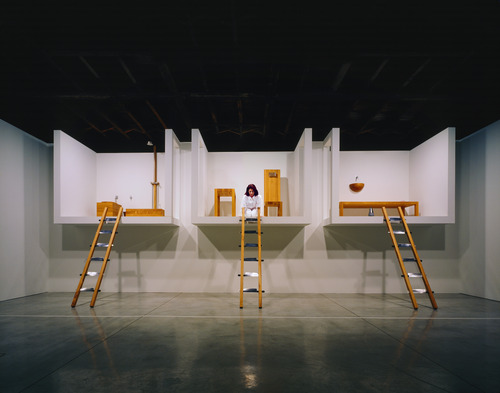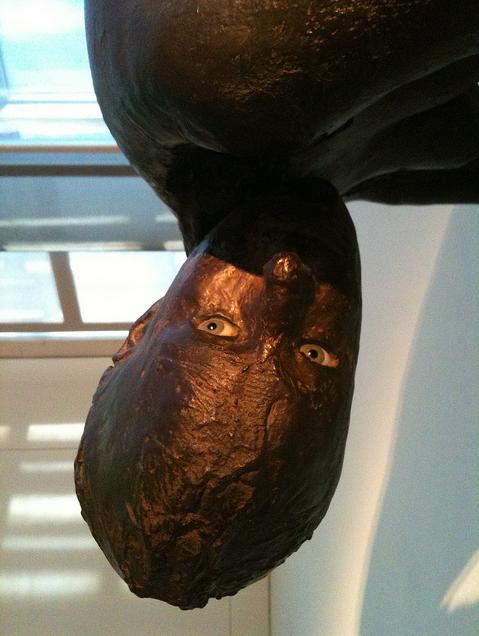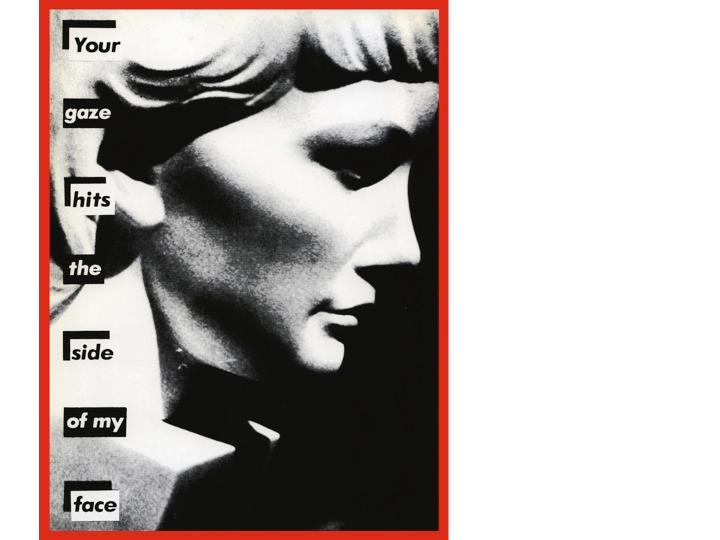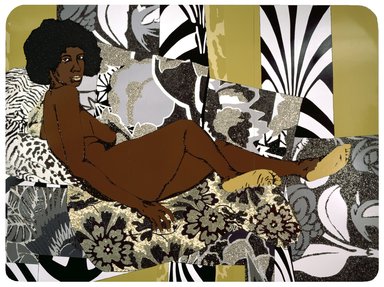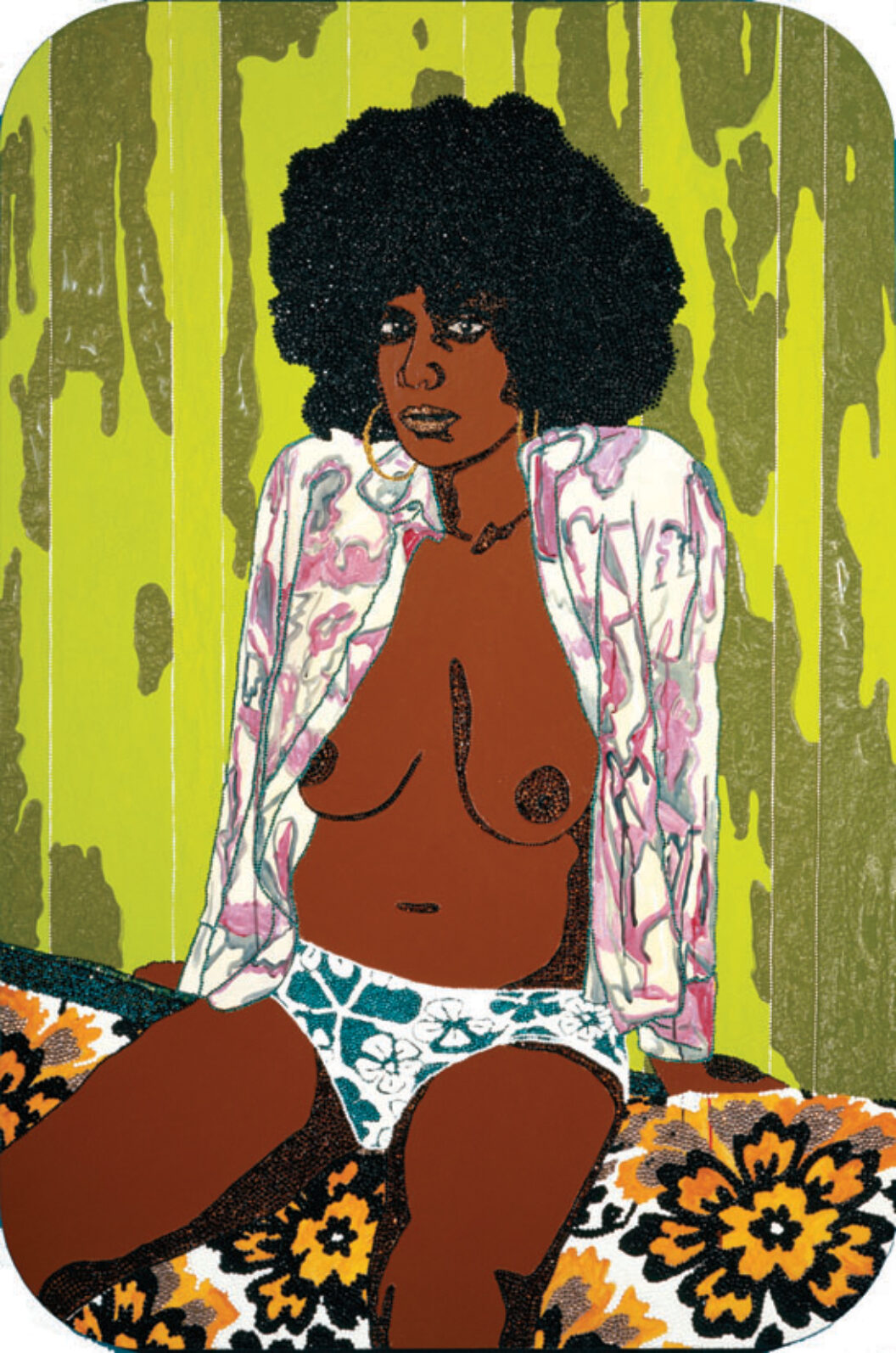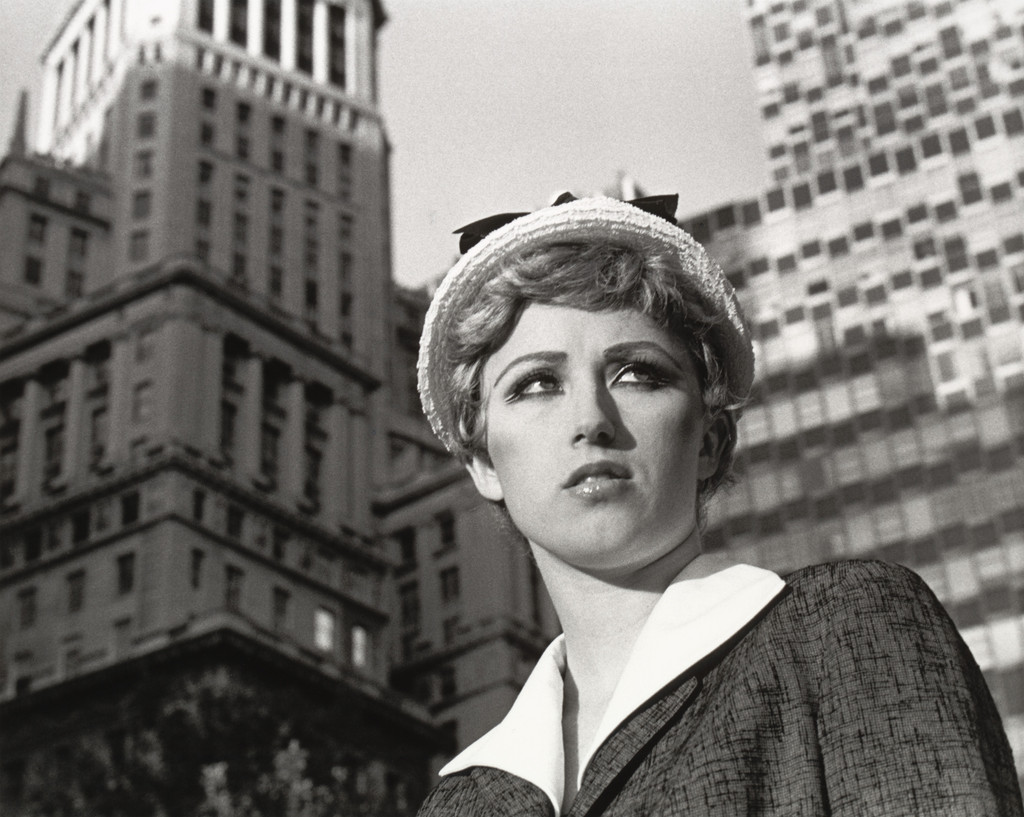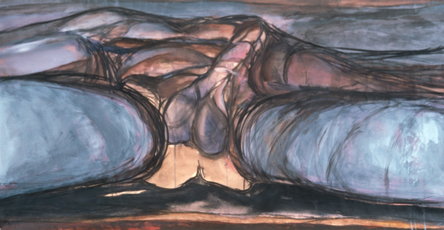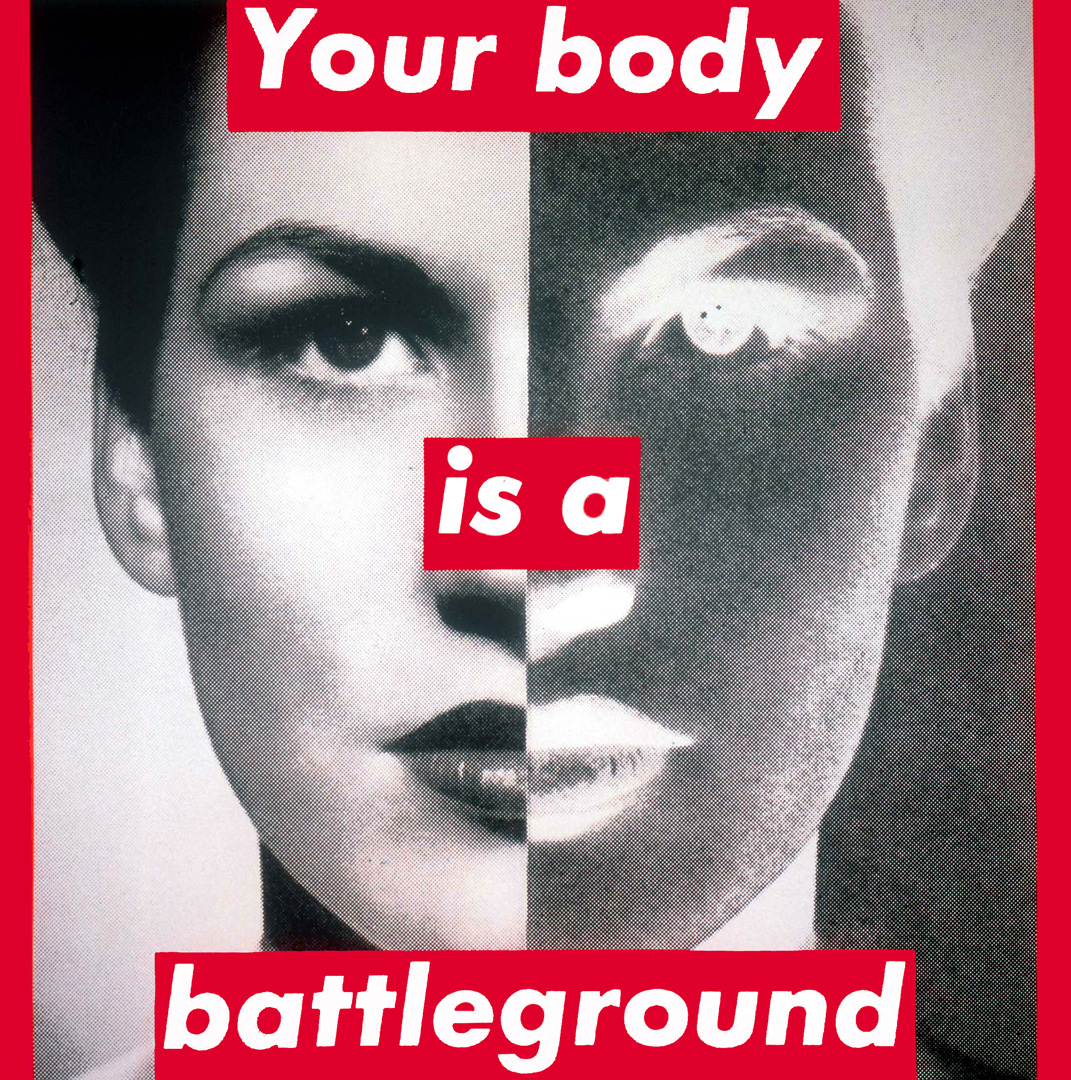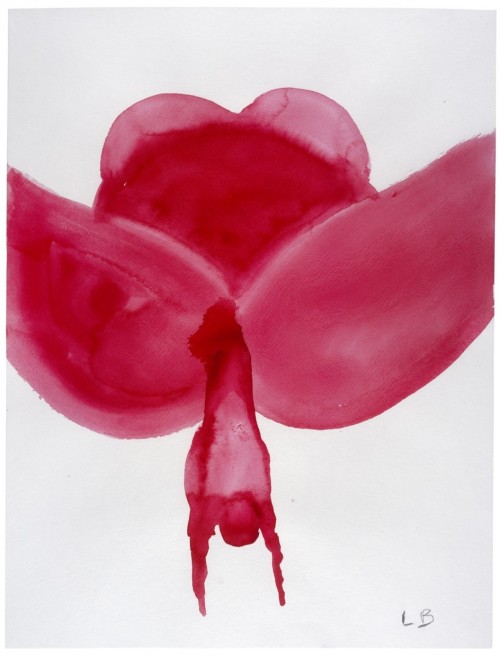 Louise Bourgeois, Yayoi Kusama, Georgia O'Keeffe, Frida Kahlo and Cindy Sherman are some of many unique women part of the 20th century whom have transformed art through gender and race. It was no longer about the men, but women such as these five whom got recognized in society for their art.
Louise Bourgeois, Yayoi Kusama, Georgia O'Keeffe, Frida Kahlo and Cindy Sherman are some of many unique women part of the 20th century whom have transformed art through gender and race. It was no longer about the men, but women such as these five whom got recognized in society for their art. Louise Bourgeois 1911-2010, is a well known french artist with a modern and contemporary style; finding confessional art. One of her most famous art work, "Maman" is a giant thirty feet spider who resembled her mother. This is because her mother was a weaver and use to protect her. Her work varied with wood,steel, and cast rubber materials- to create abstract art.Her work was created/influenced by her psychological events from her childhood, making art a personal visual language of her experiences.
Georgia O'Keeffe, best known as the "foremother" of the feminist movement was born in Sun Prairie, Wisconsin. Her painting style was influenced by her time spent in New York and New Mexico which included flower imagery and other organic vulvar forms. O’Keeffe was “a woman with no wealth, no connections…she was a no-nonsense, straightforward Midwesterner who did as she pleased and didn’t fit anyone’s mold” (Guerrilla Girls). O'Keefe was a business advisor to artist, Ya
 yoi Kusama a famous Japanese artist who seeked O'Keefe help in her 20s. O'Keefe created a body of art that became visionary ideas to America and women around the world. O’Keeffe also played a key role in disabusing the art community and the general public of the notion that gender was in any way a determinant of artistic competence or creativity (Britain).
yoi Kusama a famous Japanese artist who seeked O'Keefe help in her 20s. O'Keefe created a body of art that became visionary ideas to America and women around the world. O’Keeffe also played a key role in disabusing the art community and the general public of the notion that gender was in any way a determinant of artistic competence or creativity (Britain).
Frida Kahlo is also another famous artist who is German and Spanish born in 1907. Kahlo's art concentrated on paintings of herself mostly, this is because she was often alone and she is the best subject she knows. Although of her inspiration were events and parts of her life so she could portray her trouble to others through art. In one work of art called, "Without Hope", painted in 1945 by Kahlo, we see a part of her life struggle. She like many had a strong influence on female artists, as she overcame her struggles. Her struggles were many, one of them being her failed marriage, because she could not conceive due to her poor health conditions and both her and her husband constant affairs. "The Broken Column" is actually one of the paintings I admire by Frida Kahlo. That is because that painting portrays herself after her accident. The painting shows her fractured from her spine and down and standing/laying in misery. Around the age of eighteen she had bus accident that left her handicapped, which is what "The Broken Column" showed instead of that incident coming her way negatively, she began painting and turned the situation positive. The painting reflected her physical and emotional pain.

Yayoi Kusama was born on March 22,1929 in Japan. She was known as an obsessional artist, and a contemporary artist for her art. Kusama is known for her polka dot art and installations. The 60s were her prime were she created painting, sculpture, performance art, and installations in Pop art and Minimalism. You could notice her obsessions with fashion through her work, when creating her own label with Louis Vuitton, creating handbags. "She refers to polka dots as Infinity Nets"(Another) To have successful career, she wrote to O'Keefe asking for advice how to succeed in a New York art scene. O'Keefe helped her out and bought her art work to help her with financials, while Kusama was in her 20s. Kusama currently holds the record for the most expensive artwork sold at auction by a living female artist at $7.1 million in 2014 (Another). In one of her interviews Kusama mentions she wouldn't have existed without her spots, --better yet without her art she would've have committed suicide a long time ago.
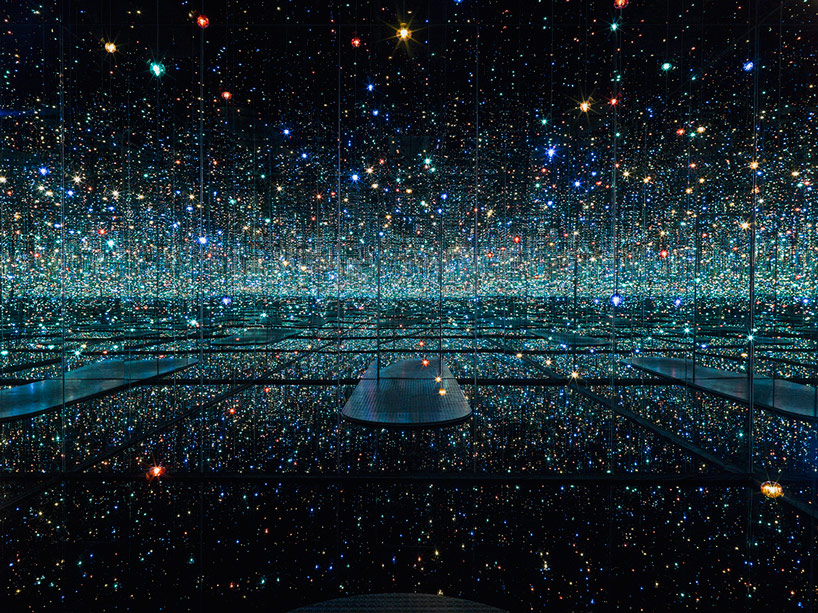
One of my favorite installations by her is called infinity mirrored room-souls of million lightyears away,2013 (image to the right). Kusama's act of rebellion for painting, made her one of many successful women creating a career in a different county and never forgetting her Japanese artists through her kimono's.
Cindy Sherman, is another wonderful
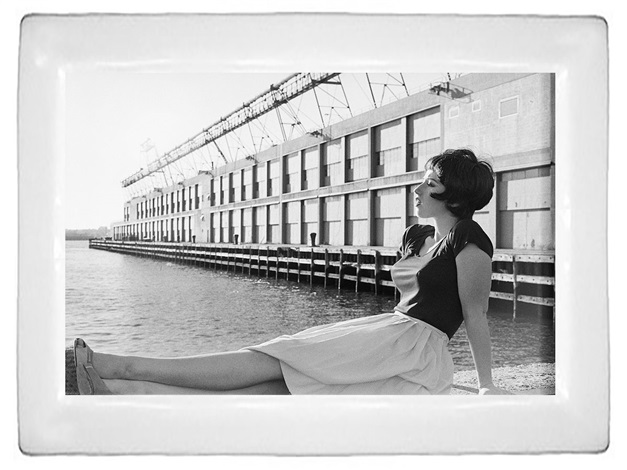 contemporary artists. who uses photography. She was born on January 19,1954, who is known for her black and white photography that challenged cultural stereotypes starting in 70s. She demonstrated the upcoming of women during the time, because she became her art. Her work examined roles of women in society; she said “I didn’t think of what I was doing as political,” she once said. “To me it was a way to make the best out of what I liked to do privately, which was to dress up” (Artsy). In the late 1980s and into the ’90s, she expanded her focus to more grotesque imagery, like the mutilated mannequins of her “Sex Pictures” in 1992. Sundance Film Still Tray, 2014 the picture the left, shows a photograph of herself that can be part of a series. In 2006, Sherman created a series of fashion advertisements for designer Marc Jacobs and has continued to shine with her career in upcoming years.
contemporary artists. who uses photography. She was born on January 19,1954, who is known for her black and white photography that challenged cultural stereotypes starting in 70s. She demonstrated the upcoming of women during the time, because she became her art. Her work examined roles of women in society; she said “I didn’t think of what I was doing as political,” she once said. “To me it was a way to make the best out of what I liked to do privately, which was to dress up” (Artsy). In the late 1980s and into the ’90s, she expanded her focus to more grotesque imagery, like the mutilated mannequins of her “Sex Pictures” in 1992. Sundance Film Still Tray, 2014 the picture the left, shows a photograph of herself that can be part of a series. In 2006, Sherman created a series of fashion advertisements for designer Marc Jacobs and has continued to shine with her career in upcoming years. http://www.lisicontemporaryart.com/bourgeois/
The Guerrilla Girls' Bedside Companion to the History of Western Art. New York: Penguin, 1998. Print.
http://www.anothermag.com/art-photography/8094/ten-things-you-might-not-know-about-yayoi-kusama
https://www.artsy.net/artist/cindy-sherman
https://www.britannica.com/biography/Georgia-OKeeffe
http://www.anothermag.com/art-photography/8094/ten-things-you-might-not-know-about-yayoi-kusama
https://www.artsy.net/artist/cindy-sherman
https://www.britannica.com/biography/Georgia-OKeeffe











